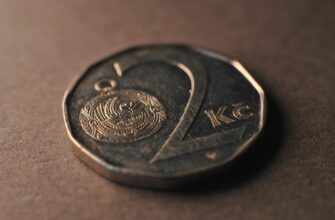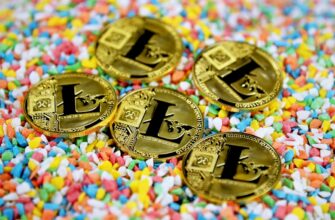Why Buy Cryptocurrency Using PayPal?
PayPal has revolutionized crypto accessibility, letting users purchase Bitcoin, Ethereum, and Litecoin directly through its platform. With over 400 million active accounts, PayPal brings unmatched convenience: instant bank transfers, robust fraud protection, and seamless integration with existing payment methods. Ideal for beginners, it eliminates complex wallet setups while maintaining FDIC insurance on USD balances.
Step-by-Step: How to Buy Crypto via PayPal
- Create/Link Your PayPal Account
Sign up at PayPal.com or log in. Ensure your account is verified with a confirmed email and phone number. - Add Funding Sources
Link your bank account or debit card under ‘Wallet’ for fee-free transfers (bank) or instant purchases (card). - Navigate to Crypto Section
Click ‘Finance’ > ‘Crypto’ in your PayPal dashboard. Browse supported coins. - Select & Purchase
Choose a cryptocurrency, enter USD amount, review fees, and confirm. Crypto appears instantly in your PayPal account. - Secure Your Assets
Transfer coins to an external wallet (e.g., MetaMask) for enhanced security via the ‘Transfer’ button.
Top Platforms Supporting PayPal Crypto Purchases
- PayPal Native: Buy/sell BTC, ETH, BCH, LTC directly. $20K weekly limit.
- eToro: 80+ coins. PayPal deposits processed in minutes. Ideal for copy-trading.
- Coinbase: Supports PayPal USD deposits. 250+ tradable assets after instant funding.
- Binance: Use PayPal via third-party P2P sellers. Higher liquidity but requires manual matching.
Understanding Fees and Limits
PayPal charges spread-based fees (1.5%-2.5% per transaction) plus potential network costs. Key limits:
- Weekly Purchase Limit: $20,000 USD
- Minimum Purchase: $1 USD
- Withdrawal Fees: Variable blockchain gas fees apply for external transfers
Pros and Cons of PayPal Crypto Purchases
Advantages:
- No external exchange accounts needed
- Instant transaction processing
- Beginner-friendly interface
- Integrated fraud monitoring
Drawbacks:
- Limited coin selection (4-5 major cryptos)
- Cannot transfer to private wallets on all platforms
- Higher fees than dedicated exchanges
Securing Your Crypto After Purchase
While PayPal provides custodial storage, experts recommend transferring coins to:
- Hardware Wallets (Ledger/Trezor): Offline devices immune to hacks.
- Non-Custodial Wallets (MetaMask/Trust Wallet): You control private keys.
- Multi-Sig Wallets: Require multiple approvals for transactions.
Always enable 2FA and store recovery phrases offline!
Frequently Asked Questions
Q: Can I withdraw crypto bought via PayPal to my own wallet?
A: Yes, on PayPal’s platform. Go to ‘Crypto’ > select asset > ‘Transfer’ to external wallet address.
Q: Which countries support crypto purchases through PayPal?
A: Available in 50+ countries including US, UK, Australia, but restricted in Hawaii, Vermont and internationally varies.
Q: Are PayPal crypto transactions reversible?
A: No. Crypto transfers are irreversible once confirmed on the blockchain.
Q: Does PayPal charge for crypto conversions?
A: Yes. A spread fee (1.5%-2.5%) applies plus potential network fees during withdrawals.
Q: Can I use PayPal Credit to buy cryptocurrency?
A: No. PayPal prohibits crypto purchases with credit lines, only debit cards or bank-linked funds.
Final Tips for Smart Purchases
Start small—test with $10-$50 transactions first. Monitor market trends using tools like CoinGecko, and never invest more than you can afford to lose. As regulations evolve, PayPal continues expanding crypto services, making now an ideal time to enter the market securely.








